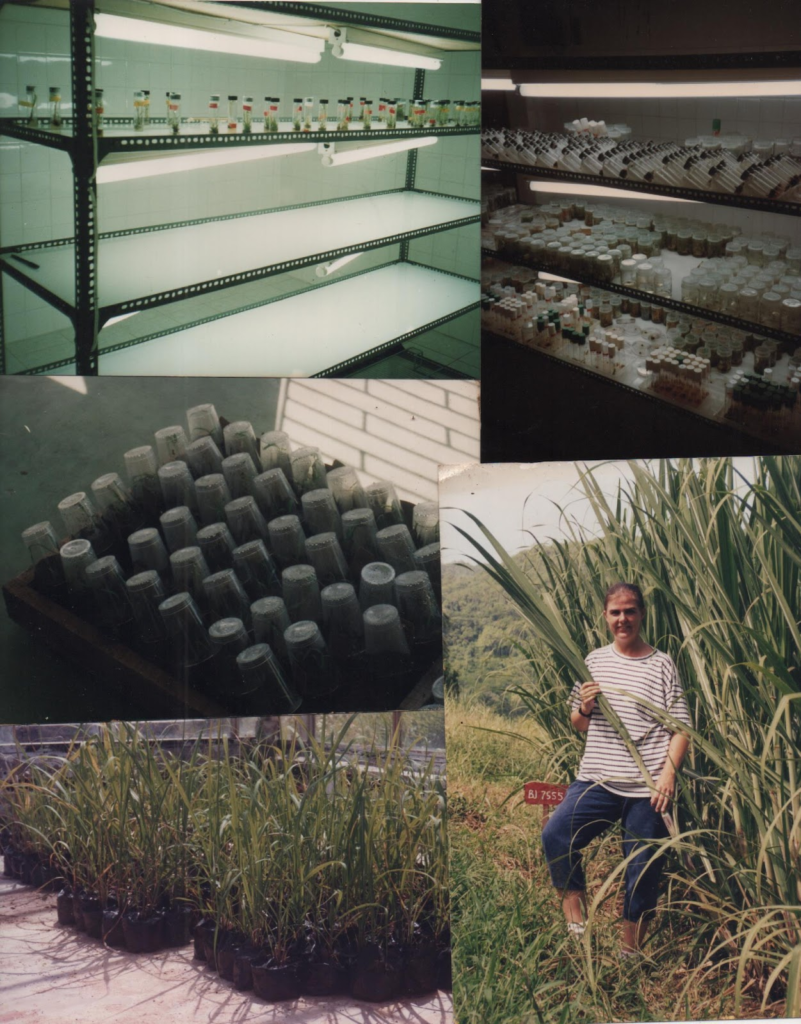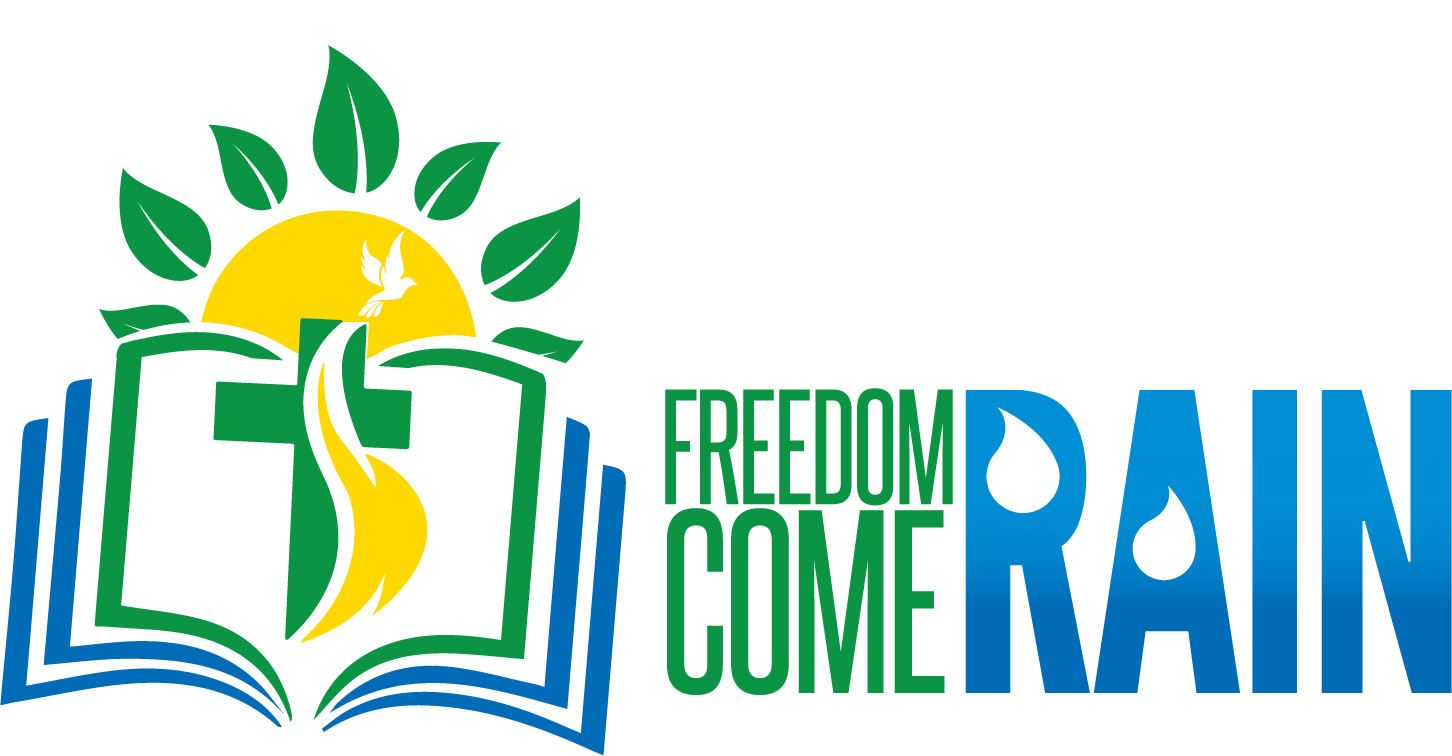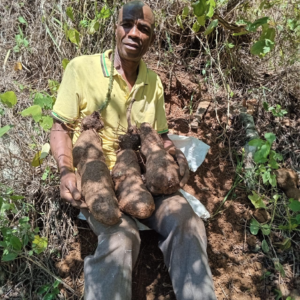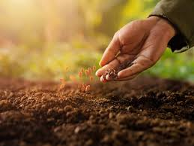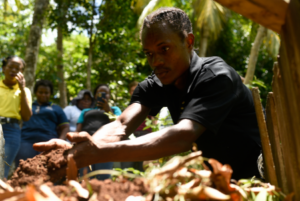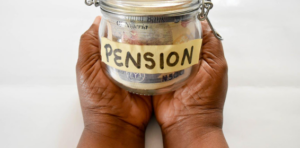By Sylvia Adjoa Mitchell
To what purpose cometh there to me incense from Sheba, and the sweet cane from a far country? Your burnt offerings are not acceptable, nor your sacrifices sweet unto me (Jeremiah 6:20).
Where there is no vision, the people perish: but he that keepeth the law, happy is he (Proverbs 29:18).
SUGARCANE
After tourism and bauxite, sugarcane is the third largest foreign exchange earner for Jamaica. Once, Jamaica was a world leader in sugar production in the 1960s, but production has been falling over the decades – from 4.13 million tonnes in 1972 to 1.1 MT in 2017, and a further drop to 499,218 MT sugarcane which produced 40,450 MT of raw sugar in 2021.
Sugar is the largest employer of labour in Jamaica, employing more than 50,000 workers directly.
The total area of Jamaica available for sugar cane productions is 45,000 hectares, which is about 4% of the country’s land area.
There were 670 sugar factories in 1872, 427 in 1852, 134 in 1897 and 18 in 1966. Presently there are only three in operation – Frome, Worthy Park, and Appleton. The fall of sugar in Jamaica is not surprising, given its history. However, it can be redeemed with the help of those who have vision (Proverbs 29:18).
UWI, MONA – ONCE A SUGAR PLANTATION
The Mona campus of the University of the West Indies occupies lands that were once part of two large sugar estates: Mona and Papine. Of over 1000 acres at Mona, less than 200 were usually planted in cane. The aqueduct that still can be seen on campus brought water to the estate from the Hope River suggesting the area was dry. The other estate close by was the Hope Estate.
Part of the Hope Estate was acquired by the Government in 1871 to establish the Hope Botanic Gardens, which still exists. In addition, there are now Government offices and laboratories located there, including the Scientific Research Council and the Jamaica Bauxite Institute. By 1910, the Mona Estate only had 30 acres in cane and the production of sugar and rum was insufficient to keep open such a large property. Soon after, the property was sold to the Kingston General Commisioner. In 1948, it was leased on a long-term peppercorn rent for the establishment of the UWI Mona Campus.
TISSUE CULTURE AT SIRI
The Sugar Industry Research Institute (SIRI)is the research arm of the Sugar Industry of Jamaica (SIA). For a short period of time, SIRI had an operating tissue culture laboratory, from 1996 to 1999, and it was my responsibility. The lab was not operating before I worked there, neither after I left. I understand that before I came, they tried rooting tissue culture plantlets from the West Indian Sugar Cane Breeding Station (WISCB) in Barbados without success (https://www.canebreedingstation.com). The reason for the tissue culture lab was to ease the transport of varieties from Jamaica to Barbados, where the WISCB can be found. During my time there, I initiated many of the elite sugarcane varieties into tissue culture. Some of these cultures were sent to the WISCBS, and some we hardened and planted in the field in Jamaica.
SUGAR CANE VARIETIES
Sugar cane is bred from seed and from these seedlings, varieties are established (https://www.jamaicasugar.org/sugar-cane-varieties-1.html). Once established as a variety, they are sent to WISCBS and multiplied and grown locally.
Tissue culture steps
Stage I
Sugar cane initiated using buds that are present at the nodes. This done after a variety is established that is suitable for the industry.
Stage 2
A small space was all that was needed to multiply the varieties and place them on racks in the lab.
Stage 3
Once enough sugarcane plantlets were produced, the media was changed so as to encourage root growth. Tissue culture vessels with rooted plantlets were sent to the WISCBS.
Stage 4
During this stage the plantlets were removed from the test tubes, put in grow bags and a plastic cup placed over them.
Once they started growing vigorously, they were transferred to the field. The field growth of these plantlets in the first year was very encouraging, showing their potential.
Many tissue culture experiments were tried, including obtaining sugarcane callus but the lab was not sustained and closed soon after I left SIRI.
Dr. Mitchell growing tissue culture sugarcane in Kingston
THE WAY FORWARD
Some time after this short sojurn I took into the sugar industry, I heard rumblings of great plans for sugar.
The potential of the industry is large if we can only perceive it through God’s eyes.
We at the Biotechnology Centre, UWI also tried to access project funds but to no avail. I do not know what plans God has for the sugar industry. What I do know is that it will fail if God’s people do not get involved and redeem it. Whoever takes up this challenge, contact me please.
Morale of the story: Put God first and don’t give up. It will be worth it, I assure you.
While we are encouraging all Jamaicans to develop/maintain “backyard”gardens, we are also encouraging farmers to get on board with this little-used, but highly advantageous technology called “tissue culture.”
Please feel free to contact Dr. Mitchell for further information on how you can learn and get involved in tissue culture farming for sugarcane and other food crops.
__________________________________________________________________
Contact Dr. Sylvia Adjoa Mitchell at: sylvia.mitchell@uwimona.edu.jm
Senior Lecturer, Medicinal Plant Research Group, The Biotechnology Centre, UWI, Mona
